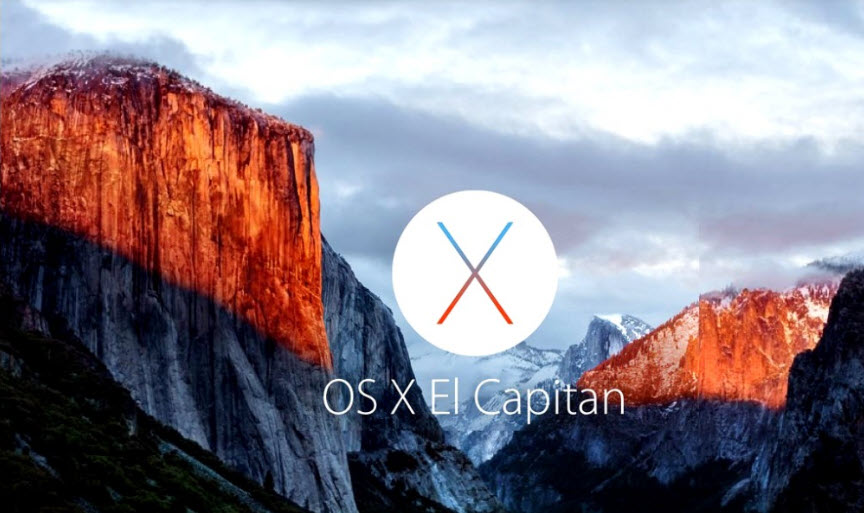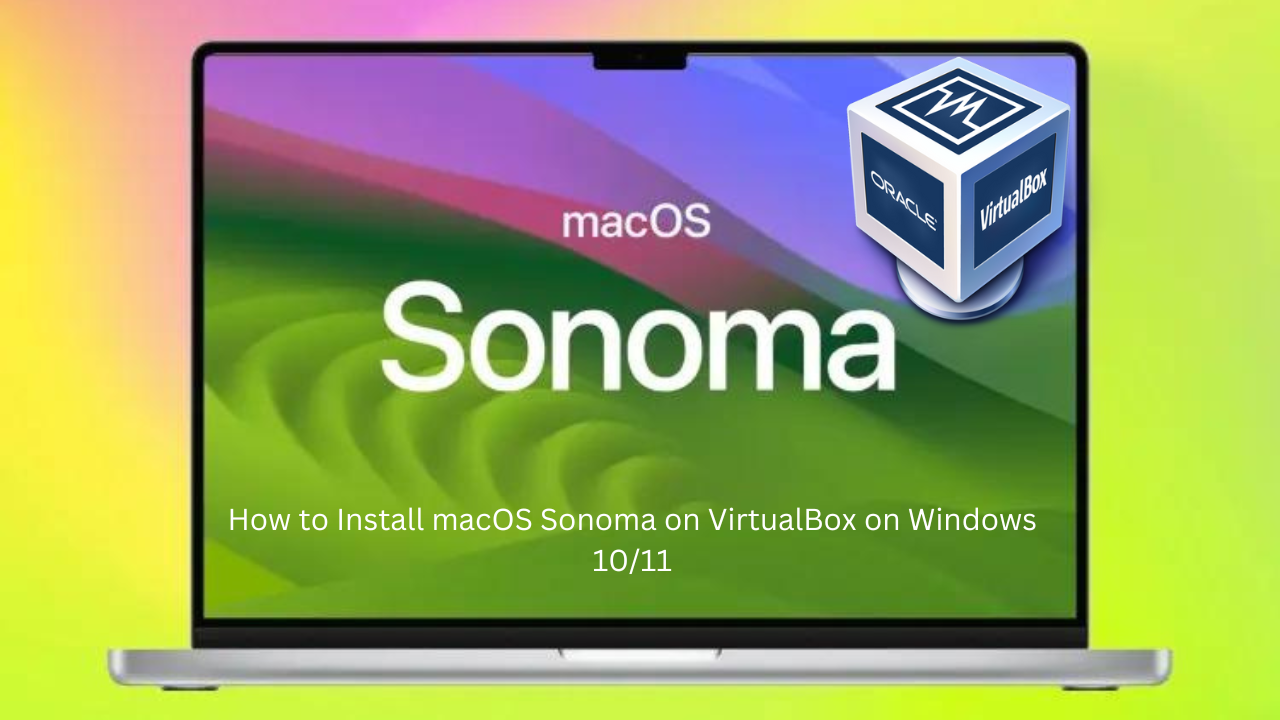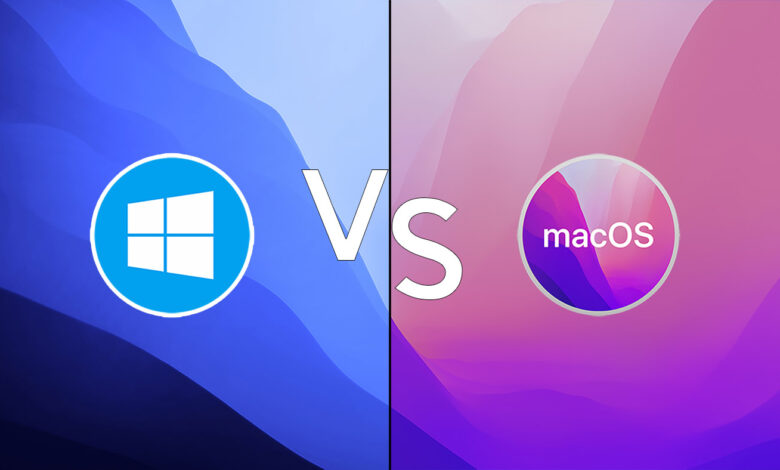
If you are trying to get a brand-new laptop or PC, you might want to know how good is Microsoft Windows vs Mac OS in 2024.
So we decided to compare Microsoft Windows vs Mac OS to find out which one is better in 2024. We are comparing all aspects of these Microsoft Windows vs Mac OS and the the two devices which comes with these operating systems to find out the absolute best OS in 2024.
Unboxing experience of Microsoft Windows vs Mac OS devices
Table of Contents
- 1 Unboxing experience of Microsoft Windows vs Mac OS devices
- 2 Build Quality of Microsoft Windows vs Mac OS Devices
- 3 Ports on Microsoft Windows vs Mac OS Devices
- 4 Screens on Microsoft Windows vs Mac OS Devices
- 5 Webcam on Microsoft Windows vs Mac OS Devices
- 6 The keyboard on Microsoft Windows vs Mac OS Devices
- 7 The Trackpad on Microsoft Windows vs Mac OS Devices
- 8 Speakers on Microsoft Windows vs Mac OS Devices
- 9 Performance on Microsoft Windows vs Mac OS Devices
- 10 Fan and Battery Life on Microsoft Windows vs Mac OS Devices
- 11 Software Comparison Between Microsoft Windows vs Mac OS
- 12 conclusion
There are many configurations for Windows and Mac devices and you can spend a lot. But consider your total budget is 1600 pounds in the UK or 1600 USD which if you go for Mac allows you to get the absolute highest-end new 15-inch MacBook Air that currently exists. And with this same budget, you can also afford to go for one of the very best on the Windows end.
So, you chose the Dell XPS 15, it gives you one of the best unboxing presentations. As always, the Apple unboxing experience is not generous but quality. Love the braided magnetic cable, which is also now color-matched to whichever laptop you pick. And then a couple of manuals and stickers and the wall adapter.
The Dell’s power cable is a little less pretty, but you do get a free little USB hub that gives you an HDMI and one full-size USB on the other side of the cable.
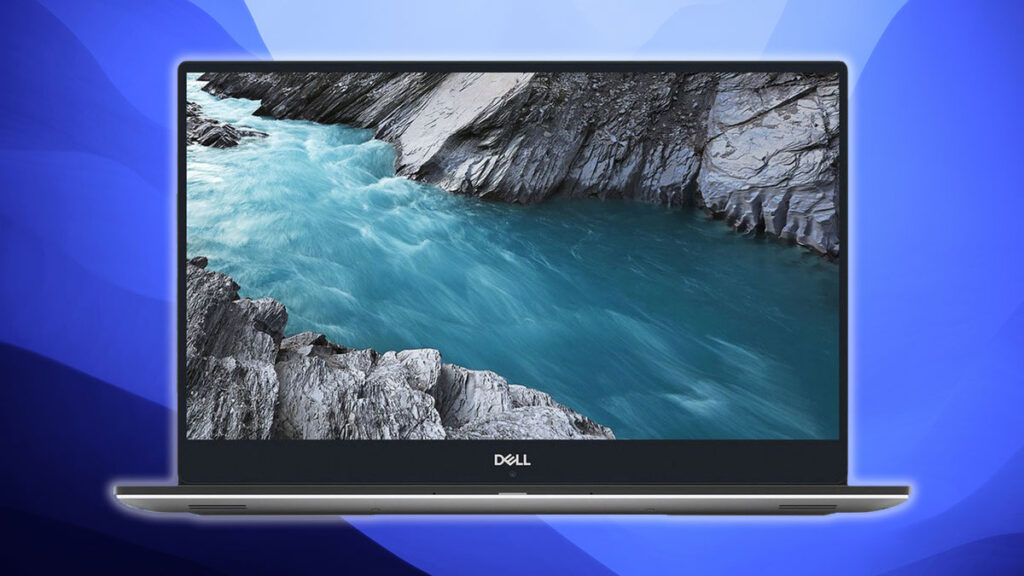
I’m sure that the quality of the presentation of Apple products is a big part of why so many people give them as gifts. But in this particular case, I think it’s been bested in the unboxing experience very slightly by the Dell XPS.
Build Quality of Microsoft Windows vs Mac OS Devices
When you compare Microsoft Windows vs Mac OS you have to consider the build quality of these devices too.
As far as build quality goes, my preconception was that the MacBook would be a noticeable step up. Every MacBook I’ve used in the last 10 years has felt structurally unbreakable with their 100% aluminum enclosures and very few individual parts.
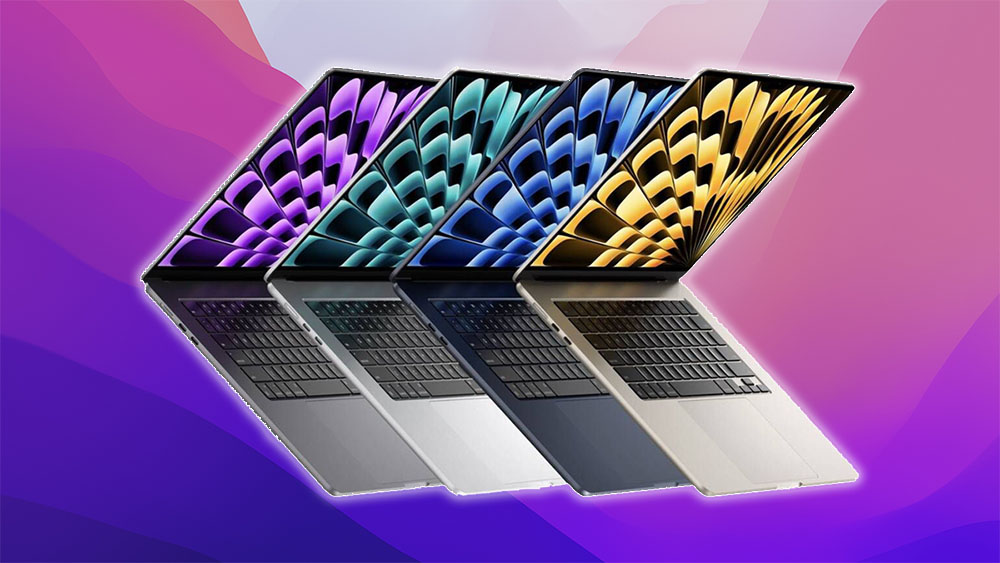
Whereas I’ve used a lot of even expensive Windows laptops made of cheap plastic that literally starts creaking the moment you take them out of the box.
Related Article: How to Install Sonoma on unsupported mac?
But that’s not the case here. The XPS 15 is machined aluminum paired with a carbon fiber palm rest. It’s got these snazzy glossy accents on the sides. The hinges are both very firm and can be opened, most importantly, with minimal fingering.
And while both laptops will make a little bit of noise if you apply a lot of pressure because the material is so thin, neither feels like they’re about to fall apart anytime soon, so we’ll give them a draw.
Ports on Microsoft Windows vs Mac OS Devices
The Dell does have more ports though, and you’ll tend to find this on Microsoft Windows vs Mac OS in general. Considering it’s such a slim laptop, it’s really cool to see them fit in not just three ultra-fast USB-C ports but also an SD card slot. It contains a security lock port to chain it to a desk compared to just the two USB-Cs and no card slots that you get on the Mac.
As a general rule, Apple goes for ultra-minimalism in everything they do, so you’ll tend to get exactly what they think you’ll need and nothing extra. So in a very surface-level way, Windows takes the ports category too, but it’s not a whitewash.
However, there are a couple of redeeming factors for this near-portless Mac. One, instead of using a USB-C charger, it uses MagSafe, which I way prefer. It snaps into place, it feels satisfying, but most importantly, if you accidentally walk into it, it’s less likely to pull your laptop off the table with it and shatter it into oblivion. This is what happens if you walk into the Dell’s cable.
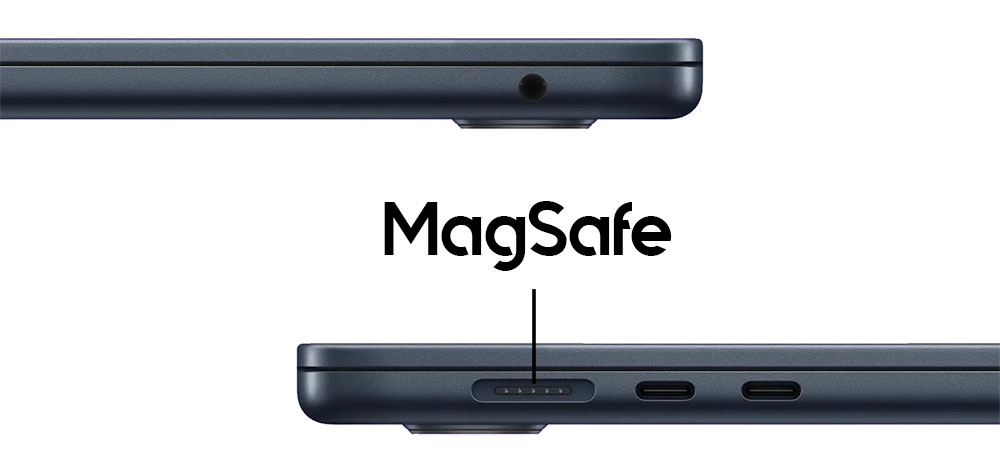
Additionally, the Apple charger is this nice slick tidy thing that you can fit in a pocket, which is only possible because of how Apple’s engineered their laptops to have lower power requirements compared to the Dell brick, which is literally like lugging a whole second gadget around with you at all times.
And then, the fact that when you do plug your Dell in, because the charger is USB-C, you are losing one of the three USB ports that you could have used for something else.
Screens on Microsoft Windows vs Mac OS Devices
But then you turn your laptop on and you’re faced with the components that you’re going to spend the vast majority of your time looking at: the screens.
When you buy a brand-new laptop you must consider a laptop with a good screen. let’s compare screens on Microsoft Windows vs Mac OS devices.
And for this, the Mac is quite a bit sharper. Windows laptops tend to stick to industry-standard resolutions, which in most cases is 1920×1080 or in this case, 1920 by 1200. But Apple pays very little attention to what the number itself is and instead focuses on making what they call a Retina display, a resolution such that from the distance you’ll be viewing any screen from, you shouldn’t be able to see any individual pixels.
So you’ll end up with some strange-sounding resolution numbers like in this case, 2880 by 1864. But I mean in the end, that is two and a half times the number of pixels versus the Dell. Is it two and a half times better screen? No, there are definitely diminishing returns to having more pixels. Both screens are just as bright as each other, and I obviously prefer the bezel-less look that the Dell XPS 15 has going on as opposed to Apple’s dreaded notch.
However, the Mac is still a little better here, and I suppose if you are going to have a notch, then at least you benefit from it on the MacBook with Apple having more room to slide in a better webcam.
Webcam on Microsoft Windows vs Mac OS Devices
When we compare Microsoft Windows vs Mac OS devices, we can not skip comparing these devices’ webcams.
And in this case, Dell’s webcam is 720p. It’s, pretty bad. Yeah, like the way it’s representing the skin tones, I look ill. And the Macbook Air 15 has 1080p webcam. And that’s one factor that definitely makes it look better.
Additionally, it’s not just a resolution thing. The skin tones look better on Macbook Air 15, the exposure is more consistent, and the background behind us actually looks like the background behind us. Moreover, you’re also going to sound better on the Mac. The audio has a level of richness to it which the Dell lacks. This one very much sounds like you are using an inbuilt microphone.
The keyboard on Microsoft Windows vs Mac OS Devices
One thing that very few people seem to consider when they buy a new laptop but that they really should is the keyboard. When we compare Microsoft Windows vs Mac OS devices, we should consider that the Windows devices come from many different companies, unlike Mac devices that Apple makes.
I’d say that Apple generally just doesn’t like their keyboards to be in any way at all squishy, so they make it quite a sharp, clicky keypress with minimal cushioning that makes it nicer to use. It’s more satisfying than the noticeable springiness that you get in Dell’s keyboard, but it is also conducive to more hand strain if you’re going to spend a long time typing.
To be honest, either way, if you use your laptop at home, then you’re better off just going for a proper ergonomic mouse and keyboard.
The Trackpad on Microsoft Windows vs Mac OS Devices
It’s great that Windows has caught up a lot when it comes to how you can use your trackpad to interact with your machine fluidly. But this is something that feels really satisfying and intentional about the Mac click, which Dell just doesn’t have. It feels like a dull hollow press with a hint of something loose inside.
So it’s pretty neck and neck so far. A couple more hardware comparisons before we get into the juicy software comparisons.
Speakers on Microsoft Windows vs Mac OS Devices
Okay, one thing that you can be sure of on any current Mac system is that the speakers will not be bad. When you compare Microsoft Windows vs Mac OS laptops, one thing is clear Mac laptops have the best speakers in the market.
I mean, the ones on my 16-inch MacBook Pro are easily some of the best laptop speakers on the market and the ones on this Air, they’re not as good, but they’re also not far off.
Macbooks don’t have any massive speaker grills as the Dell does and all the sound comes out of the gap between the screen and the body, so it’s actually being bounced off the screen towards you as opposed to coming directly at you.
But the Macbook Air 15 is a six-speaker sound system compared to Dell’s quad-speaker. It sounds pretty good and it feels like the audio has space because of the fact that you have larger speaker grills. But the first thing I noticed when I listened to it, is that my voice doesn’t sound how it should sound. And also, it’s just a little cleaner.
Now, whether that’s the fact that this whole laptop is made of aluminum and therefore there are fewer micro-vibrations to disrupt the intended sound or just an audio algorithm on Apple’s end, I gotta hand it to them in that the result speaks for itself.
Performance on Microsoft Windows vs Mac OS Devices
But maybe the biggest hardware question of them all is performance.
If you spend the same amount of money on Mac or Windows, which one actually gets you the faster machine? It’s a more confusing question than it’s ever been before because Apple doesn’t use off-the-shelf parts anymore. There used to be a day when Macs and Windows would both have the same Intel processors and the same NVIDIA or AMD graphics, and life was easy.
But almost everything Apple uses now is custom. That said, I don’t think it’s a stretch to say that on the spec front, Windows feels like a clear winner.
I mean, you have a 13th gen Intel Core i7, which has 14 cores and can go all the way up to 5 gigahertz compared to just eight CPU cores that can go up to 3.5 if you get 16 gigabytes of RAM compared to eight plus one terabyte of solid-state storage, which is again double what you’re getting on the Air for the same price.
And providing that you’re in the applications that can take advantage of that power, you’ll see the difference. Like, open up a CPU benchmarking app like Geekbench and you can very clearly see a 35 higher multi-core score.
Dive into a storage speed test and the SSD in the Dell will come out on top, only slightly though. And running a game, even though the Dell XPS 15 is using Intel’s own Graphics, which are not the best, you’ll get like 20 higher frames per second. So that should be it, right? Windows takes it away.
When you compare Performance on Microsoft Windows vs Mac OS Devices, the numbers aren’t the full story. For the vast majority of your day-to-day tasks, we are long past the point where the limiting factor is your hardware; it’s all about the software.
And the perk of Apple making their own chips is that they can build software around that hardware. So if you do your work or you can do your work with Apple apps like Pages and Keynote and Safari, some coding platforms, and editing ones like Final Cut, those Apple apps will perform extremely well on the M2 Apple chip, actually better than any Windows counterpart.
Because Dell doesn’t have anything to say at all about how programs are specifically optimized for the selection of hardware that it chooses, the biggest part of this, which flies so far under the radar, is that the power requirements of Apple’s hardware are so much lower, it stays fast when you take the cable out.
Windows laptops when unplugging the charging cable without changing any of the power management settings turn a 35% performance win into a 40% loss. And on a laptop whose entire purpose is to be portable, that’s a big deal. So I’ll call this overall very broad performance category a draw.
Fan and Battery Life on Microsoft Windows vs Mac OS Devices
We can not skip comparing Microsoft Windows vs Mac OS devices without comparing their Fan and Battery Life.
The Macbook Air 15 is silent. It doesn’t have a fan because these Apple-made chips, the M2 in this case, are based on phone chips, which have even less room for cooling than laptops. The M2 chip allows the MacBook to boot up almost instantly. And battery life is the single biggest advantage that Macs in 2024 have over Windows.
To give you an idea, an average high-end Windows laptop might get you five hours of browsing the internet. The Dell XPS 15 will actually be above average; it’ll get you seven or so. The 15-inch MacBook Air can pump out 10 to 12.
Because the Windows laptops also have to have so much larger batteries to even try and keep up, they’re bulkier and it takes longer to charge them.
Apple charger is a 30-watt charger, which is not quite by any stretch of the imagination generous from Apple. I mean, there are phone chargers with three times the wattage. But still, this thing can fully charge the MacBook in 140 minutes. There’s an optional 70-watt brick that can do it in 80.
Dell XPS 15 comes with a 150-watt charger, which puts it very behind overall in the efficiency category.
Software Comparison Between Microsoft Windows vs Mac OS
It’s time to compare the software aspects of Microsoft Windows vs Mac OS.
The Macbook Air 15 is running macOS Sonoma and the Dell is on Windows 11. Both will do the same core computer things, but just with each have a couple of their own clear perks.
If you’re used to Mac, it never really feels lacking, but Windows is the one if you’re someone who really wants to get into the guts of your system to make it yours.
If you want themes easy, you want a Legend of Zelda wallpaper that reacts depending on where you hover your mouse, sure. If you want to make it look like a Mac, you can do that too on Windows. So Windows takes the customization point, just with a slight caveat.
I think out of the box, without any customization, macOS is the prettier one. The one upside of a lack of customization is order; like, the file explorer feels less cluttered, apps have more design consistency because Apple forces them to all work in a certain way if they want to be on Mac, and there’s a very clear priority on animations, which makes the Mac feel less like a tool, more like an experience.
The other upside to this control: is stability. The fact that Windows is made for everyone from the extreme gamer with their colossal twenty-thousand-dollar rig to the person who just wants to make their TV smart with a literal stick the size of a finger means that there’s just a lot of room to encounter unexpected problems.
Not to mention that Apple offers a lot more of the experience, whereas, on Windows, you have to rely on third-party developers making their own drivers, which tell your computer how the hardware should interact with the software. And they get it wrong.
Moreover, the cherry on top of all this control is that Macs are harder to penetrate with viruses. They’re not invulnerable like I’ve heard a lot of people say, but there is less malware out there for them.
It’s because, if you’re a hacker, you’re going to want to build your hacking tools to target the operating system that has the most number of users which is Windows OS. And because Windows is so widespread across countries and versions and devices, it naturally has more vulnerabilities for hackers to exploit.
Speed is a bit of a weird one in that on one hand, this is where you really feel the benefit of an operating system that lets you do whatever you want. Like with Windows, you can snap windows into fullscreen, and half screen is so much quicker than on Mac where Apple’s basically just said no. And instead, you’re left there fiddling with your windows manually until they’re exactly 50-50.
On the other hand, the lack of customization on Macs allows for more optimization. The software feels like less of a burden on Mac vs Windows, and Mac OS tends to be able to perform better with equivalent hardware compared to Windows.
conclusion
The Mac OS ages better than Microsoft Windows. You tend to find that Windows computers get very clogged up over time with the mountains of Windows updates they chuck at you and the file fragmentation that occurs as you install more and more programs.
Macs do also slow down to some extent as new updates introduce new complexities, but it’s not been nearly as noticeable in my experience.
First, you can’t get a new Mac for anything less than a thousand dollars or so, so up until that price, Windows is your answer by default. But then, between a thousand and two thousand dollars, I think the Mac as a general light computing device feels like a more luxurious experience than an equivalently priced Windows.
In that, I think Apple prioritizes the little things that add up like the sound and the feel of the trackpad, and the stellar hardware construction, and Apple also optimizes its own apps in a way that Windows hasn’t yet found a way to compete with.
However, the Mac OS lacks compatibility. This is the single biggest redeeming quality of Windows: compatibility with a lot of work programs, especially those involving servers, and also games. If you want a game in any serious capacity on your computer, the choice is made for you.
If you want to game you can buy a proper gaming laptop like ROG laptops. You’d sacrifice a little on the sleekness of the XPS or the Mac, as well as the color accuracy of the screen, but you’d get a bucketload of RGB and a graphics card that’s almost four times more powerful than the one on the Mac, so you can run the same games in much higher settings.
So for you, which is the winner in the competition of Microsoft Windows vs Mac OS?
Well, I think the Mac won in all the areas I care about, and there’s nothing that I need that’s Windows exclusive. If you have any question regarding to this article or any other topic, feel free to comment down below.






